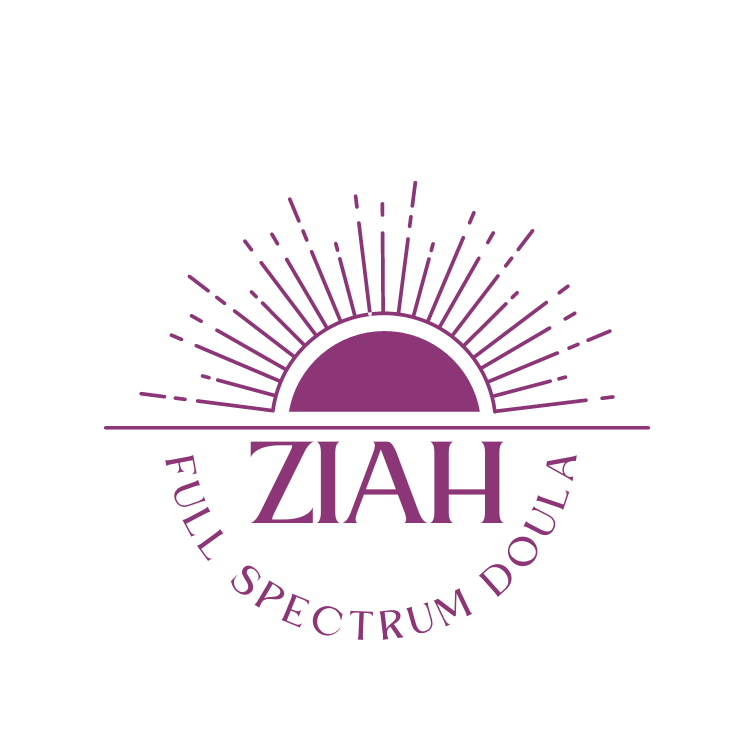Diversity, equity, Inclusion and Accessibility Statement Plus Indigenous Peoples Land Acknowledgement and “I thought I came here for Tribal bellydance”
Awalim Belly Dance Company was founded in 1999 by a Disabled woman, a Black woman, an Hispanic woman, and a Queer woman. Our studies were mostly accessed through white women in the United States because Arabic people are separated out from the “bellydance community.” The director, dancers and students of Awalim now access and support cultural dance and history directly from MEHNAT/Middle Eastern, Hellenic, North African and Turkic peoples, as well as origin teachers of any dance forms we seek to fuse with. We continue to create work with the diverse eye of each dance company member’s experiences.
Ziah’s Birth Dance does not perpetuate the cultural stereotype that bellydance/MEHNAT dances were used to help people birth. All cultures have dance as part of their mental and physical expression, each individual’s use of the experience of their body to access mental and physical health is that person’s individual use.
All Ziah’s offerings childbirth, doula services, and dance classes are accessible via sponsored scholarships to Disabled, BIPOC, and other marginalized communities. If you would like to donate to this scholarship fund you can donate to https://paypal.me/awalim. One session of bellydance classes is $44, a Birth Doula is $1000, a Child Birth Education Class is $195, a Birth Dance class is $50.
Statement on using the term “Tribal bellydance”
The descriptive term “Tribal bellydance,” created by Morocco/C. Varga Dinicu in the 90s to describe what she was seeing with the costuming and presentation of dance companies like Fat Chance Bellydance and Bal Anat, has now been understood to be racist and culturally insensitive terminology. We have moved away from using this term to describe our style of fusion and are slowly working to examine all terminology of dance descriptions, use of costuming, music, and naming practices. Please be patient as we “stumble forward,” to use Donna Mejia’s descriptor of this messy process.
Indigenous Peoples Land Use Acknowledgement
I live, “own” a home, and teach on land located on Muscogee (Creek) land. The area and culture I live in was created during a period of sustained oppression, land dispossession, and forced removals of Muscogee (Creek) and Cherokee peoples from Georgia and the Southeast. In the First Treaty of Indian Springs (January 8th, 1821), signed by the US government and the Muscogee Creek Nation, the Muscogee Creek were forced to relinquish the land which is now present-day DeKalb County.
By all accounts, this was a coerced treaty. At the treaty’s signing, this tract of ceded land (included within 116 on map) became part of the State of Georgia. In 1822, parts of the land ceded in the 1821 treaty area were incorporated as DeKalb County. Muscogee Creeks who chose to remain in the southeast were forced to move west into the Upper Creek towns in Alabama after their land was ceded. Many Lower Creeks living in the ceded area left Georgia and relocated in or near Indian Territory (present day Oklahoma).
Little to no acknowledgement of their presence or culture remains in current day Dekalb County, GA.
*The majority of the wording of this statement came from Emory University’s Land Acknowledgment Page on their website that is in the same county as I live.

